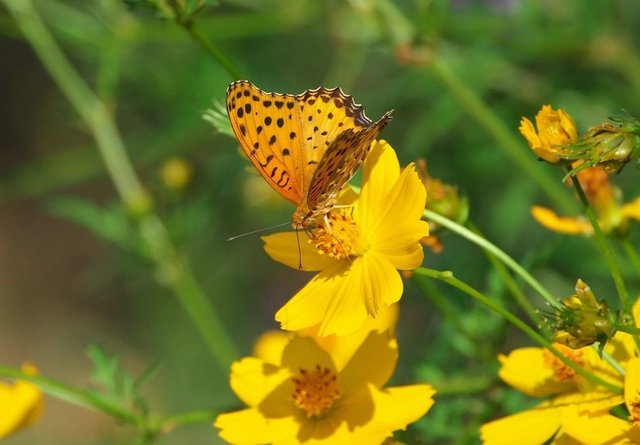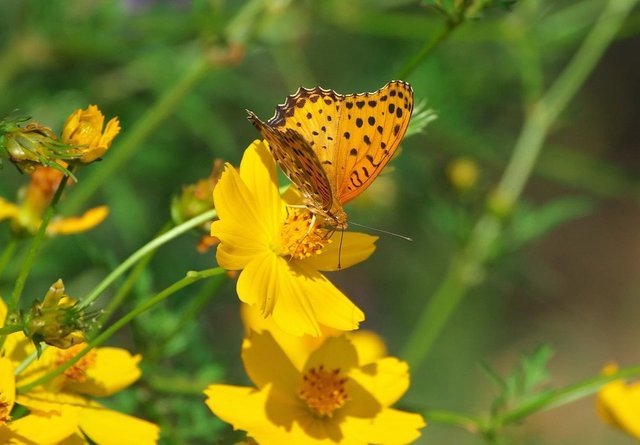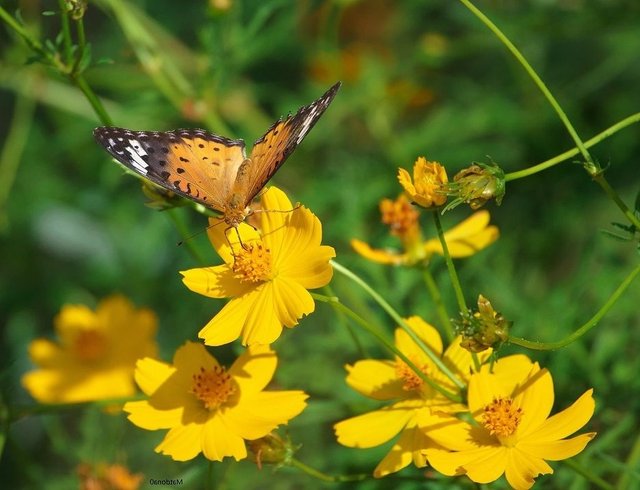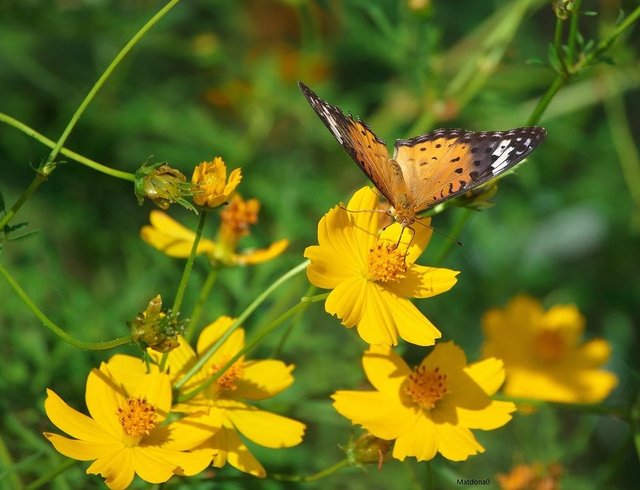Brenthis daphne: The Marbled Fritillary Butterfly
Introduction Brenthis daphne, commonly known as the marbled fritillary, is a striking butterfly species belonging to the family Nymphalidae. Its delicate appearance, vibrant colors, and unique marbled wing patterns have made it a favorite among butterfly enthusiasts and naturalists alike. Found primarily in Europe and parts of Asia, Brenthis daphne inhabits a variety of environments, from forest clearings to meadows, and plays an essential role in its ecosystems.
Taxonomy and Nomenclature Brenthis daphne is part of the genus Brenthis, which also includes other fritillary butterflies. Its full scientific name reflects the genus, Brenthis, while the species name, daphne, is believed to be a reference to Daphne, a nymph from Greek mythology who was transformed into a laurel tree. This connection underscores the ethereal and delicate nature of the butterfly, drawing a poetic link between its beauty and mythology.
Physical Description The marbled fritillary is medium-sized, with a wingspan typically ranging between 45 and 55 millimeters. Its most distinguishing characteristic is the orange to golden-yellow upper wings adorned with dark brown spots and bands, forming a marbled pattern. The underwings, however, are even more visually compelling, displaying a mosaic of pale green, cream, and brown hues. These underwing colors help camouflage the butterfly when at rest, blending in with its surroundings.
Males and females exhibit slight sexual dimorphism, with females generally being larger and paler compared to males. Both sexes possess a delicate fringe around the edges of their wings, adding to their visual appeal.
Distribution and Habitat Brenthis daphne is widely distributed across Europe, from southern Scandinavia to the Iberian Peninsula and eastward into parts of Asia, including Turkey, the Caucasus, and Iran. Its preferred habitats include open woodlands, forest edges, clearings, and flower-rich meadows. It thrives in areas with a mix of sun and shade, often favoring locations where it can bask in sunlight while having access to sheltered spots for resting and egg-laying.




